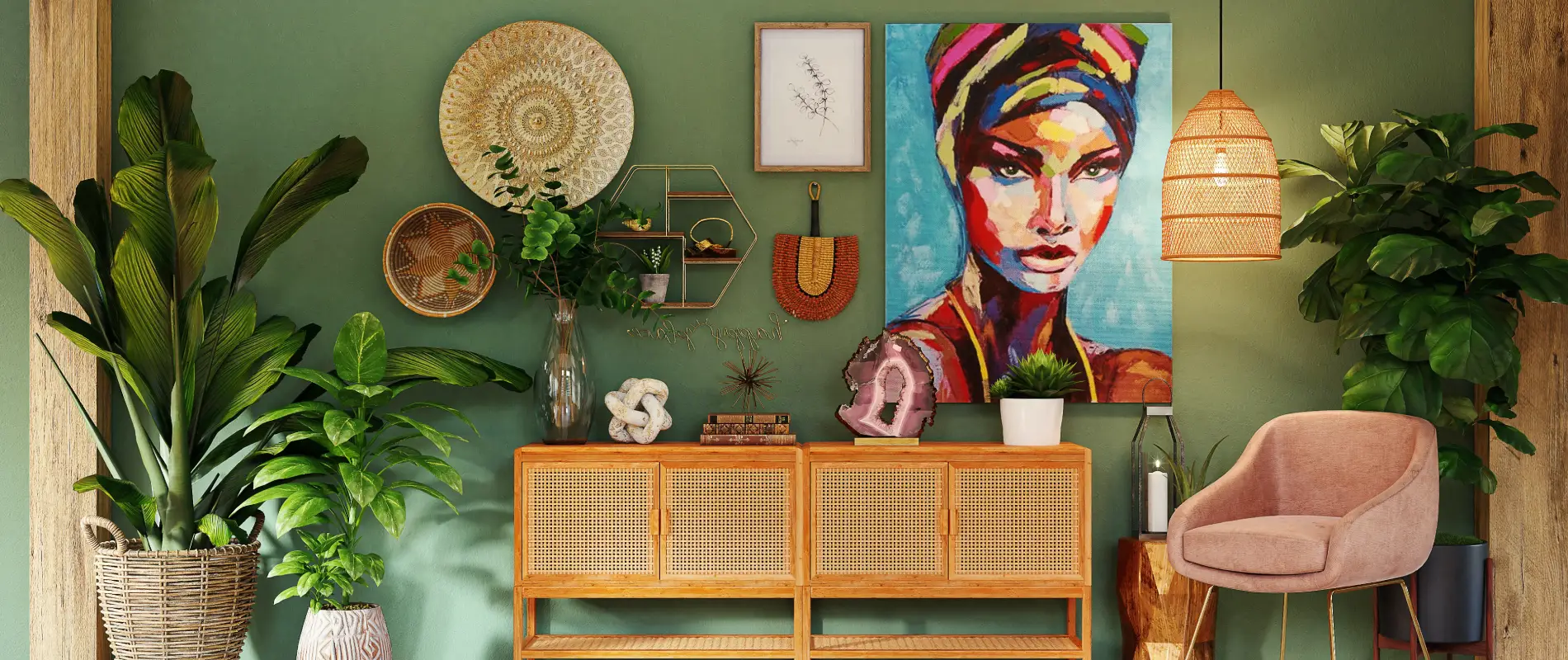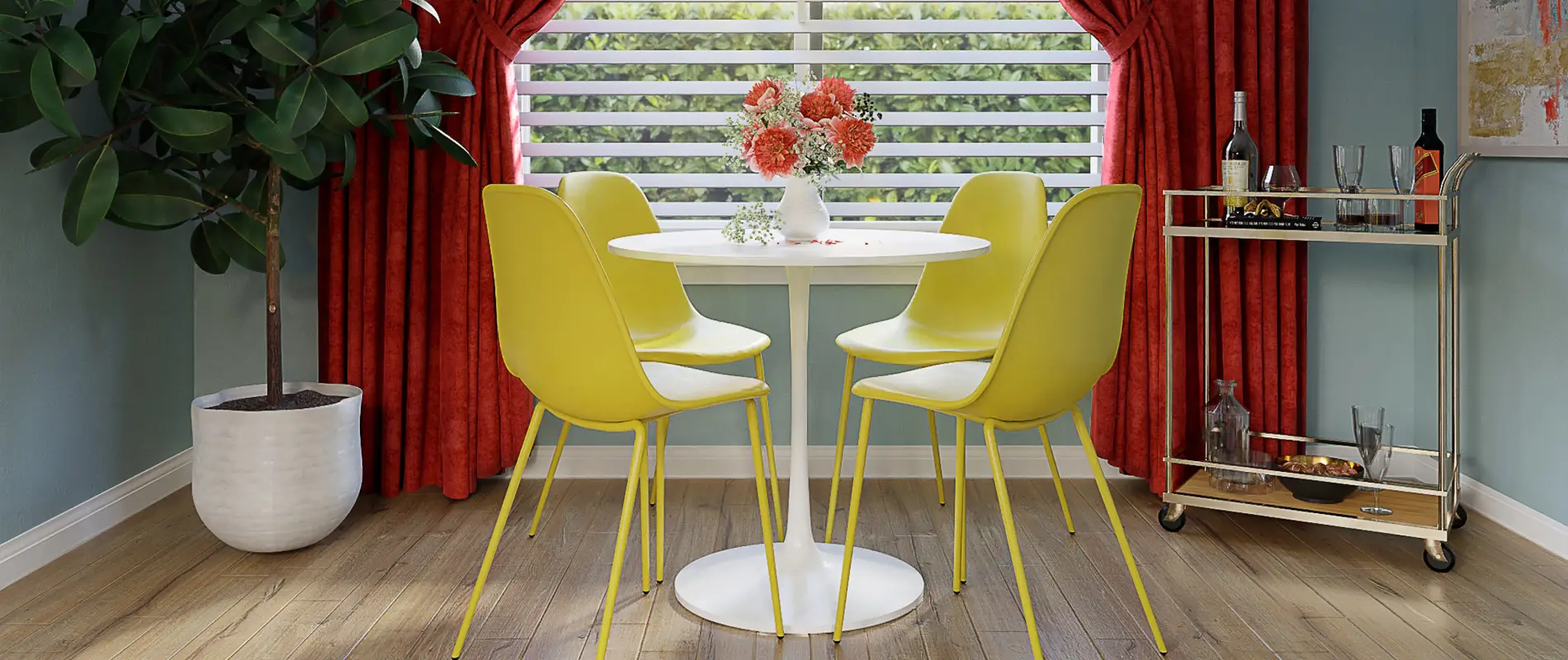© Copyright – Made with MaxiBlocks

WordPress themes: Pure Footer Light PFL-05
Build WordPress sites with MaxiBlocks. All features free forever. No locked functionality. Optional Cloud Library saves you 10+ hours per project. Start free
Clean and engaging footer design for your WordPress site
Transform your WordPress website‘s footer into a sleek and functional area that enhances user navigation! This minimalist design features a single-row layout with a horizontal arrangement that makes accessing key information a breeze.
Layout overview
- Overall structure: A straightforward single-row footer layout designed for optimal usability.
- Arrangement of rows and columns: This design includes one key row divided into five distinct segments for easy navigation and branding.
- Count of rows and columns: With one prominent row and five well-defined columns, this footer contains four essential navigational links (About Us, Services, Work, Contact Us) alongside a central logo that captures attention.
Elements and features
- Visible elements:
- Text links: Clear navigation with links to “About Us,” “Services,” “Work,” and “Contact Us” ensures users can easily find what they need.
- Logo: A bold central “LOGO” serves not just as branding but also as a focal point of the design.
- Social media icons: Direct links to your social media profiles are beautifully integrated, encouraging engagement.
- Interactive features: Clickable social media icons lead users straight to your profiles, enhancing connectivity.
- Typography: Use of contrasting fonts gives prominence to header text while maintaining a clean look for subtext, such as copyright information. The visually striking “LOGO” stands out with larger sizing compared to surrounding links.
- Icon design: Simple yet modern social media icons are designed to be easily recognizable.
Unique design aspects
- Standout choices: The central logo creates a visual separation from the surrounding links, making it the first thing users notice.
- Responsive design: This layout adapts seamlessly to different devices, ensuring that it remains user-friendly no matter how visitors access your site.
- Accessibility considerations: Clear text links and identifiable social media icons enhance usability, catering to a wide audience.
Overall design style
- Minimalist approach: Emphasising clean lines and a clutter-free layout, this design promotes usability without overwhelming visitors.
- Visual hierarchy: Thoughtful typography directs focus efficiently, starting with the logo followed by the navigational links.
- Effective use of white space: Strategic white space enhances balance across the footer, reducing visual clutter and improving readability.
Summary
This minimalist footer design is not only visually appealing but also highly functional. With a central logo, organised navigation, and interactive social media icons, this footer is tailored to promote user engagement while maintaining clarity and simplicity. Elevate your WordPress website design with this modern and effective footer design!
10 use cases for the footer
1. Enhance brand recognition
Your website footer is a great place to reinforce your brand identity. By incorporating your logo prominently, you remind users of your brand at the end of their browsing journey. Additionally, consider adding a brief tagline or mission statement. This helps to solidify your brand’s presence and ensures visitors leave your site with a clear understanding of who you are. A well-designed footer can enhance brand recognition every time someone scrolls down to the bottom of any page, leaving a lasting impression that aligns with your overall website navigation.
2. Improve website navigation
The footer is ideal for providing quick links to essential pages such as About Us, Services, and Contact Us. This enhances user experience by allowing visitors to easily find what they’re looking for without scrolling back to the top. Effective footers often replicate top-level navigation, offering convenience and ensuring no page is too far away, particularly on content-heavy sites. This strategy supports strong website footer navigation, ensuring that the submenus in WordPress are equally accessible at the footer as they are in the header.
3. Simplify contact options
Having contact information in your footer makes connecting with you easier for users. Include prominent links to your phone number, email, or physical address. Some websites even offer quick-access contact forms directly in the footer. Integrating these elements contributes to a good website footer design by fostering communication opportunities. It ensures visitors can effortlessly get in touch, contributing to a responsive and customer-friendly responsive WordPress design.
4. Encourage social media interaction
Your footer is an excellent spot for social media icons linking to your profiles. These icons should be easily identifiable and consistent with your brand’s design style. Their inclusion encourages visitors to engage with your brand on multiple platforms, extending their journey beyond your website. A compelling WordPress icon library can provide aesthetically pleasing and functional icons, promoting social interaction via the website footer.
5. Share key news or updates
Adding a section for recent blog posts, news updates, or noteworthy information can be beneficial. This keeps your audience informed about significant happenings or new content. By updating this area regularly, you create dynamic footer information that can draw repeat visitors eager to stay informed, enhancing your Gutenberg block usage.
6. Highlight legal information
The footer is a customary place to include legal information, such as privacy policies and terms of service. This not only fulfils legal requirements but also instils trust among users. By knowing where to find these documents, your audience can feel reassured about their interactions with your site. This aspect of footer design contributes to a comprehensive WordPress website design cost strategy, balancing design aesthetics with practical necessities.
7. Showcase partnerships or affiliations
If your company is affiliated with well-known partners or organisations, featuring their logos at the bottom of your site can bolster credibility. This strategic placement within your footer taps into established trust, showing visitors that you are associated with respected industry names. Featuring such logos enhances the professionalism of your AI website builder design, adding an element of authority.
8. Display awards or certifications
Awards and certifications you’ve earned can be displayed in the footer to reinforce credibility and highlight your expertise. Strategic placement of these elements helps showcase the authority and trustworthiness of your brand, leaving a positive impression on visitors. This practice contributes to footer UI design that aligns with the overall branding and aesthetic of your WordPress templates.
9. Provide newsletter sign-up options
Encourage visitors to subscribe to your newsletter by placing a sign-up form in the footer. This space can be effectively utilised to capture user interest, offering exclusive content or updates directly delivered to their inbox. It’s an excellent method to keep users engaged with your brand content, fostering long-term relationships beyond one-time visits. Strategically integrating these elements enhances footer design inspiration within the overall user journey.
10. Link to resources or blogs
Incorporating links to valuable resources or your blog encourages continued learning and engagement. It provides visitors with immediate access to a library of content, promoting a deeper relationship with your brand. These links are part of an optimal footer design that supports website footer SEO by guiding traffic to key areas of your site. Ensure that blog links capture user interest and promote content exploration, enhancing WordPress web design through a well-structured footer.
5 ways to use the footer
1. Engage users with social proof
Place testimonials or user-submitted reviews at the bottom of your site to end on a note of positive reinforcement. These elements affirm your value and reliability, offering proof from real users. Social proof is a compelling tool in WordPress block themes that convincingly portray customer satisfaction. Place this alongside open-source tools to ensure visitors feel assured and confident in your services.
2. Promote upcoming events
If you host events, using your footer to advertise them can capture last-minute interest or remind visitors about participation opportunities. By regularly updating this section with dates and details, you can keep your audience informed. Use WordPress templates to enhance the visual appeal of these announcements, ensuring a seamless integration that captures attention.
3. Offer customer support
Providing customer support options in the footer, such as live chat or support ticket links, encourages users to reach out with questions or concerns before leaving your site. This strategic placement showcases a commitment to user experience and service. Integrate an accessible Elementor alternative to ensure these elements are responsive and easy to navigate, boosting overall footer effectiveness.
4. Introduce affiliate programmes
Offer links or sign-up options for affiliates within the footer to engage potential partners in your network-building efforts. This discreet yet effective placement promotes your affiliate opportunities without intruding on the primary user experience. These elements demonstrate footer optimisation, ensuring that your affiliate programmes align with overall navigation best practices.
5. Attract sponsors with dedicated sections
Set aside a portion of your footer to display sponsor logos or advertisements, leveraging this space for added revenue streams. Complement your WordPress block themes with strategically featured sponsor content, ensuring cohesive integration that respects visitor experience. Done thoughtfully, this approach enhances the footer layout through monetisation opportunities, supported by a responsive open-source framework.
FAQ: Understanding website footers
What is a footer on a website?
The footer is the bottom section of a webpage, typically containing additional information and links. It’s a key part of website design that ensures users can easily access important resources and navigate effectively.
What is the size of a website footer?
A website footer’s size can vary based on design preferences but generally maintains a height that accommodates essential links and information without overwhelming the page. Balancing content within the available space is key to effective WordPress website footer optimisation.
What is the bottom of a website called?
The bottom of a website is commonly referred to as the footer. It serves as a navigational and informational hub, concluding the webpage while providing users with additional navigation menus or resources.
How do I add a footer to my website?
Adding a footer involves using a page builder like Elementor or directly coding in HTML and CSS. Many free WordPress themes include footer design templates for easy integration.
What elements should be included in a website footer?
Key elements often found in footers include contact information, social media links, site navigation, legal disclaimers, and subscription forms. These components work together to improve usability and connection with your WordPress navigation menus.
How can I make my website footer responsive?
A responsive footer adapts smoothly to various devices, requiring the use of flexible layouts and scalable content. Using tools like responsive design AI website builder frameworks ensures your footer maintains functionality across different screen sizes.
What are some best practices for footer design?
Best practices include using clear labels, strategic white space, and maintaining a consistent design that reflects your site’s overall aesthetics. Ensure accessibility features are integrated to serve diverse audiences, contributing to best practices in website navigation menus.
How can I customise my WordPress footer without coding?
Customising your footer in WordPress without coding is possible using theme customiser tools or page builders that offer drag-and-drop interfaces. This flexibility allows for design adjustments and personalisation to match your website’s style.


